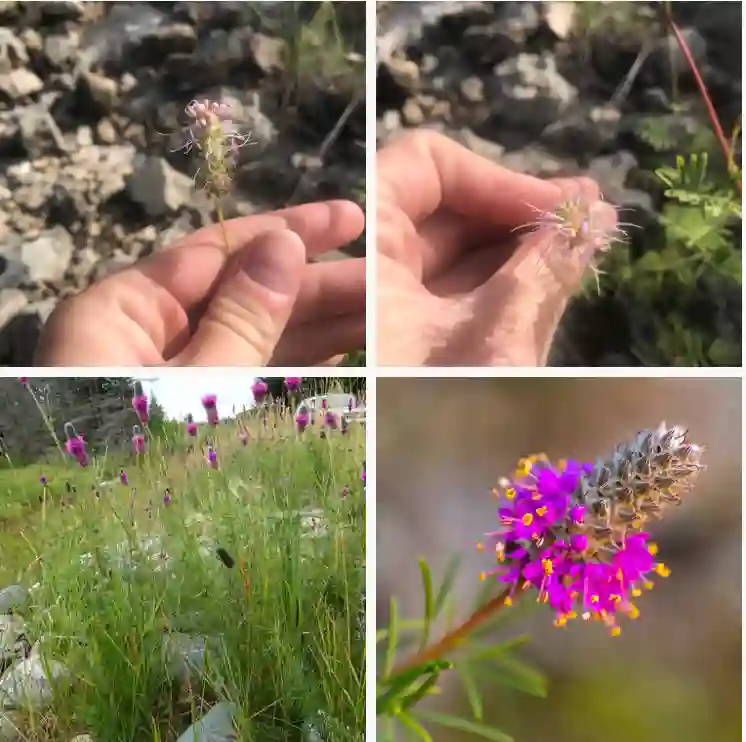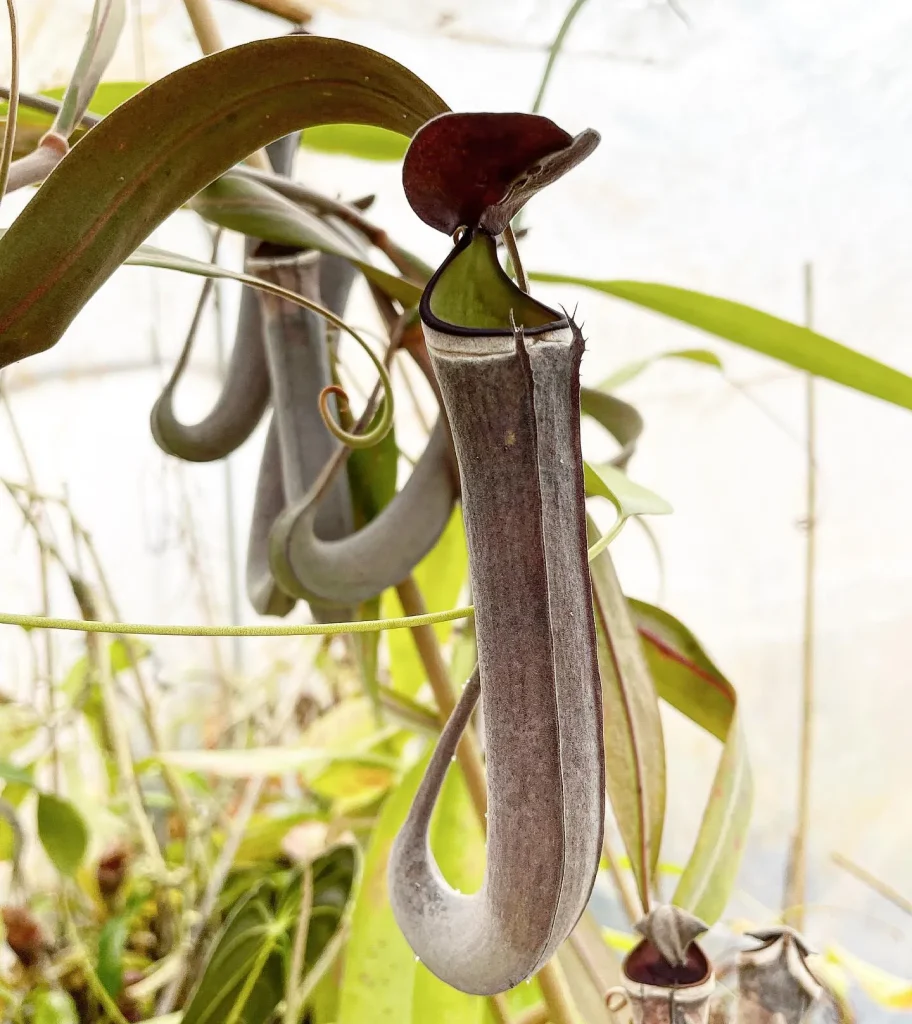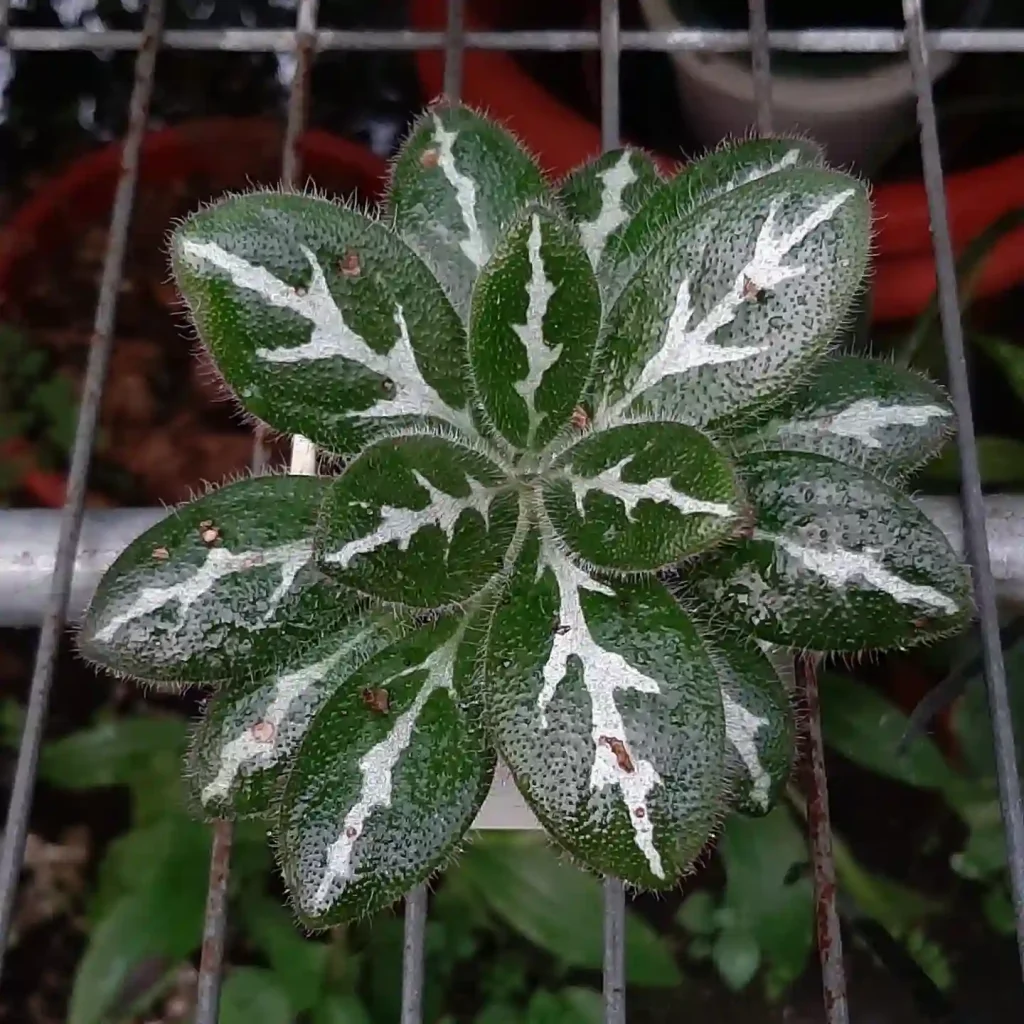
What Is Chamaenerion Angustifolium?
Chamaenerion Angustifolium – a synonym of Epilobium Angustifolium, commonly known as Fireweed, is a striking perennial plant renowned for its vibrant pink to purple flowers. Native to the Northern Hemisphere, it thrives in a variety of habitats including disturbed areas, meadows, and forest clearings. The plant can grow up to 1.5 meters tall and features narrow, lance-shaped leaves that give it a distinctive appearance.
265 Species in Genus Epilobium
What Family Does Chamaenerion Angustifolium Belong To?
Chamaenerion Angustifolium is a member of the Onagraceae family, also known as the evening primrose family. This family includes a diverse range of flowering plants, many of which are appreciated for their ornamental value and medicinal properties.
Is Chamaenerion Angustifolium Endangered?
In general, Chamaenerion Angustifolium is not considered endangered. It is widespread across its native regions and often seen in large colonies, especially in areas that have undergone disturbance or fire. However, local populations can be threatened by habitat destruction and climate change. It’s always a good idea to check with local conservation status reports for information specific to your area.
How to Care for Chamaenerion Angustifolium?
Caring for Chamaenerion Angustifolium is relatively straightforward. It prefers well-drained soil and a sunny to partly shaded location. While it is fairly drought-tolerant, it benefits from occasional watering, especially during dry spells. Regular deadheading can promote continued blooming and prevent the plant from becoming too invasive. It’s also important to provide adequate space, as Fireweed can spread rapidly and outcompete other plants.
How to Propagate Chamaenerion Angustifolium?
Propagation of Chamaenerion Angustifolium can be achieved through seeds or root divisions. Seeds should be sown in late winter or early spring, either indoors or directly in the garden. Stratification, or a period of cold treatment, can improve germination rates. For root division, carefully separate established clumps in early spring or fall and replant them in a suitable location.
What to Plant with Chamaenerion Angustifolium?
Fireweed pairs well with other native plants that thrive in similar conditions. Consider planting it alongside coneflowers, black-eyed Susans, or other wildflowers to create a vibrant, pollinator-friendly garden. It also complements grasses like bluestem and switchgrass, which can help balance its vertical growth.
Can You Grow Chamaenerion Angustifolium Indoors?
While Chamaenerion Angustifolium is primarily an outdoor plant, it can be grown indoors if given enough space and light. Ensure it receives ample sunlight or supplemental grow lights, and use a well-draining potting mix. Indoor cultivation might be challenging due to its size and light requirements, but it’s possible with proper care.
Is Chamaenerion Angustifolium Toxic?
Chamaenerion Angustifolium is not considered toxic to humans or pets. However, it’s always a good practice to avoid consuming any part of the plant without proper knowledge, as some individuals might experience mild gastrointestinal discomfort.
Benefits of Chamaenerion Angustifolium
Fireweed offers several benefits beyond its ornamental value. It is known for its ecological role in stabilizing soil and providing habitat for pollinators. Additionally, traditional uses include making herbal teas and salves, as it has mild medicinal properties that can aid in treating skin irritations and digestive issues.
Common Problems with Chamaenerion Angustifolium
One common issue with Fireweed is its tendency to spread aggressively. It can become invasive in some gardens if not managed properly. Pests such as aphids and spider mites may occasionally affect the plant, but they are generally not a serious problem. Regular monitoring and maintenance can help keep these issues in check.
Compare with Other Similar Plants
Chamaenerion Angustifolium is often compared to other plants in the Onagraceae family, such as Epilobium angustifolium (the scientific name for Fireweed). While they share similarities, Fireweed is specifically known for its tall, striking flower spikes and ability to thrive in disturbed environments. Another similar plant is the Evening Primrose (Oenothera), which also features striking flowers but generally grows in a more compact form.
Understanding the characteristics and care requirements of Chamaenerion Angustifolium can help you make the most of this beautiful and resilient plant. Whether you’re adding it to a wildflower garden or considering it for indoor cultivation, Fireweed offers a burst of color and ecological benefits to any space.
If i die, water my plants!



